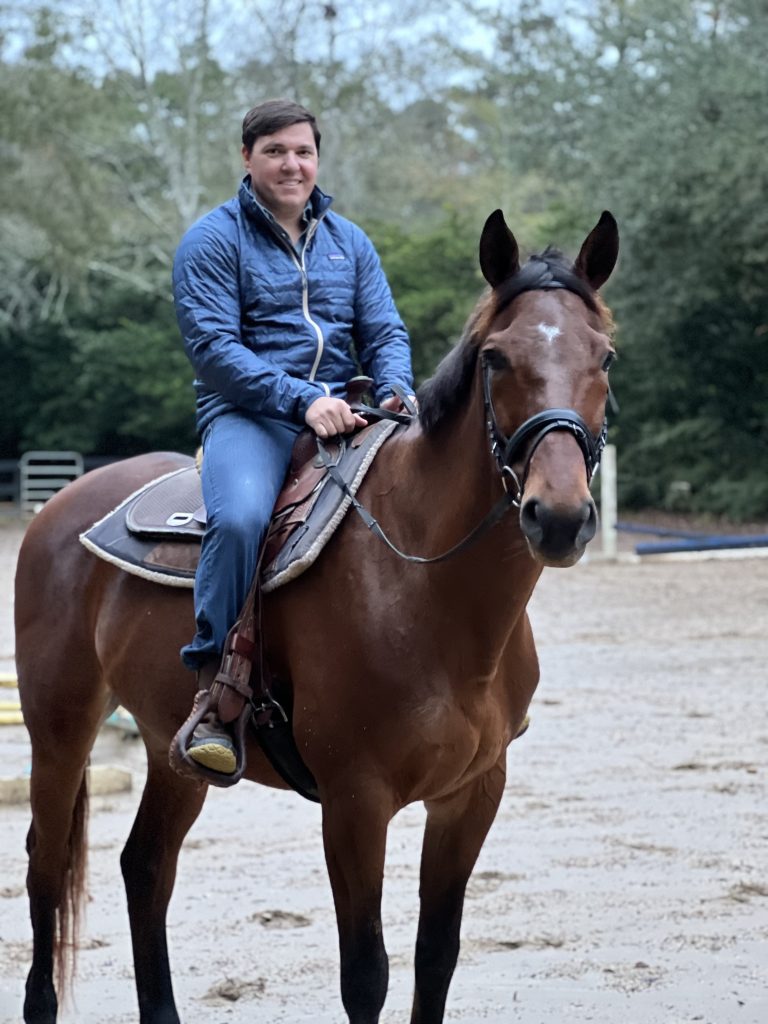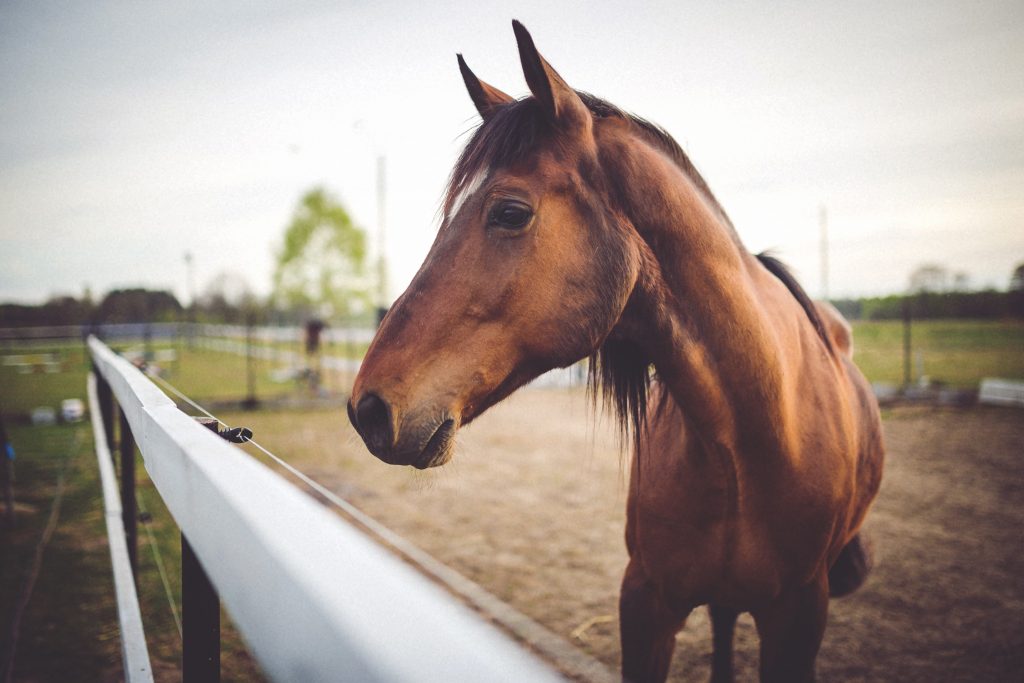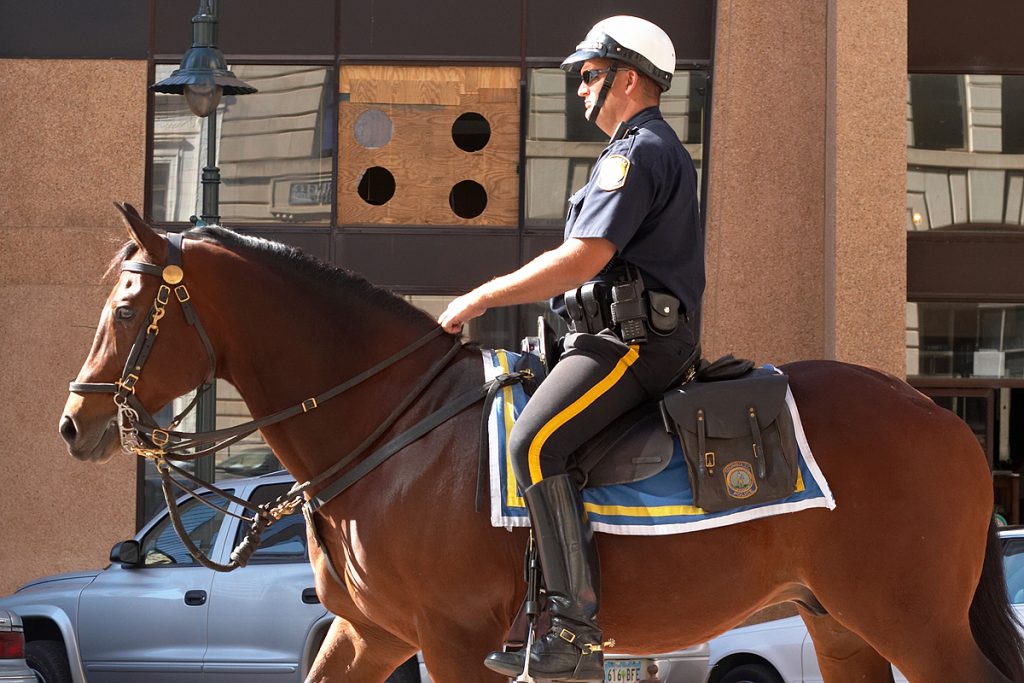 The bond between people and their dogs can be one as close as family. Whether they serve as pets, guides, or even co-workers, dogs can provide a type of comfort and comradeship that is completely unique. It is sometimes easy to forget that dogs are animals that can chase, scratch, and even bite on a moment’s notice. While most people don’t like to believe that their canine companions would hurt others, many dogs—even the most docile or trained—are capable of causing harm quickly, and it is important to know how to handle these situations. This issue was explored in a case appealed to the Louisiana First Circuit Court of Appeal after an incident at Louisiana State University.
The bond between people and their dogs can be one as close as family. Whether they serve as pets, guides, or even co-workers, dogs can provide a type of comfort and comradeship that is completely unique. It is sometimes easy to forget that dogs are animals that can chase, scratch, and even bite on a moment’s notice. While most people don’t like to believe that their canine companions would hurt others, many dogs—even the most docile or trained—are capable of causing harm quickly, and it is important to know how to handle these situations. This issue was explored in a case appealed to the Louisiana First Circuit Court of Appeal after an incident at Louisiana State University.
On October 20, 2012, the Kiwanis Club Pancake Festival (“Pancake Festival”) was in full swing at the Louisiana State University Pete Maravich Assembly Center. Officers Matthew Hall and Johnny Sparks attended the event. Officer Hall brought and was in charge of his K-9, Sita, a Belgian Malinois. Officer Sparks brought a robot that the state police use for detecting explosives. The officers stayed outside of the Pancake Festival to educate the public about Sita and the purpose of the robot. During the event, patrons had permission to approach and pet Sita.
Fredericka Bradley, a 10-year-old child, attended the Pancake Festival with her mother, Hazel Bradley, her cousin, Preston Henderson, and two neighbor children, Bradisa White and Sade Townsend. After eating breakfast, Mrs. Bradley stayed inside while the children went outside. At this point, each party in the litigation has a different story as to how events unfolded. According to Officer Hall, Sita sat next to him—leashed—as patrons came up to them. Fredericka approached and asked pet Sita. She also tried to hug the dog, but Hall told her not to. Fredericka walked away, then returned to pet Sita again. Officer Hall was sitting with Sita, speaking to a man and two children when Fredericka came up a third time. Officer Hall claimed Fredericka tried to sit on Sita, so he pulled Fredericka away and reminded her only petting was allowed. While Officer Hall pet Sita’s neck, Fredericka came behind the dog and pet her head. Sita snapped at the child and bit her on the face, leaving a small puncture wound. Officer Hall stated Sita had not shown any aggression prior to the incident.
 What happens when a cow crosses a road? Although that might sound like the start of a joke, that is the situation Zaine Kasem found herself in after being run over by a cow that escaped from a herd owned by Joyce B. Williams and H.R. Williams Cattle Company (“HRW”).
What happens when a cow crosses a road? Although that might sound like the start of a joke, that is the situation Zaine Kasem found herself in after being run over by a cow that escaped from a herd owned by Joyce B. Williams and H.R. Williams Cattle Company (“HRW”).  Louisiana Personal Injury Lawyer Blog
Louisiana Personal Injury Lawyer Blog


 Feeding a horse a treat can seem all fun and games until the horse bites you. This is a lesson Danielle Larson, a visitor to Equest Farm in City Park in New Orleans, learned the hard way in 2013 when a horse bit her while she was feeding it a carrot.
Feeding a horse a treat can seem all fun and games until the horse bites you. This is a lesson Danielle Larson, a visitor to Equest Farm in City Park in New Orleans, learned the hard way in 2013 when a horse bit her while she was feeding it a carrot. In the typical employee-employer relationship there is a certain aspect of trust. For the employer, they must trust that the employee is doing their job properly, and the employee must trust the employer will ensure a safe environment to perform their job. This case deals with a situation involving the trust of a safe workplace, and answers the question if an injury can be considered “on the job” if symptoms do not materialize for days following the accident.
In the typical employee-employer relationship there is a certain aspect of trust. For the employer, they must trust that the employee is doing their job properly, and the employee must trust the employer will ensure a safe environment to perform their job. This case deals with a situation involving the trust of a safe workplace, and answers the question if an injury can be considered “on the job” if symptoms do not materialize for days following the accident. Imagine you sign a lease at a complex that does not allow pets, but then you walk outside your home and are attacked by a dog. Who is liable? The owner of the animal, the landlord for not preventing the animal from being on the premises, or both? In most states, Louisiana no exception, dog owners are strictly liable for injuries to persons and property caused by their animal.
Imagine you sign a lease at a complex that does not allow pets, but then you walk outside your home and are attacked by a dog. Who is liable? The owner of the animal, the landlord for not preventing the animal from being on the premises, or both? In most states, Louisiana no exception, dog owners are strictly liable for injuries to persons and property caused by their animal.  Horses are majestic animals but can be dangerous depending on the nature of the activities they are performing. The Equine Immunity Statute provides certain immunities to equine sponsors that own with horses that engage in certain equine activities.
Horses are majestic animals but can be dangerous depending on the nature of the activities they are performing. The Equine Immunity Statute provides certain immunities to equine sponsors that own with horses that engage in certain equine activities.  The bond between people and their dogs can be one as close as family. Whether they serve as pets, guides, or even co-workers, dogs can provide a type of comfort and comradeship that is completely unique. It is sometimes easy to forget that dogs are animals that can chase, scratch, and even bite on a moment’s notice. While most people don’t like to believe that their canine companions would hurt others, many dogs—even the most docile or trained—are capable of causing harm quickly, and it is important to know how to handle these situations. This issue was explored in a case appealed to the Louisiana First Circuit Court of Appeal after an incident at Louisiana State University.
The bond between people and their dogs can be one as close as family. Whether they serve as pets, guides, or even co-workers, dogs can provide a type of comfort and comradeship that is completely unique. It is sometimes easy to forget that dogs are animals that can chase, scratch, and even bite on a moment’s notice. While most people don’t like to believe that their canine companions would hurt others, many dogs—even the most docile or trained—are capable of causing harm quickly, and it is important to know how to handle these situations. This issue was explored in a case appealed to the Louisiana First Circuit Court of Appeal after an incident at Louisiana State University. Litigation between family members can be uncomfortable for everyone involved. But what happens when a plaintiff sues a relative, then passes away, and the relative then becomes the plaintiff? Louisiana’s Second Circuit Court of Appeal recently addressed this unusual situation in a case involving a vicious dog attack.
Litigation between family members can be uncomfortable for everyone involved. But what happens when a plaintiff sues a relative, then passes away, and the relative then becomes the plaintiff? Louisiana’s Second Circuit Court of Appeal recently addressed this unusual situation in a case involving a vicious dog attack. Over the last few years, we have all seen the videos of police arrest that seem to involve excessive methods. These videos stoke controversy and encourage a discussion on what constitutes “excessive force” during an arrest. Even with video evidence, the actions of the police and the arrestee are subject to multiple interpretations. The search for the truth becomes even harder when the arrest is not videoed and the participants all give different testimony on those events. The following case out of Shreveport Louisiana demonstrates how the Civil court system handles differing testimony on allegations of excessive force during an arrest.
Over the last few years, we have all seen the videos of police arrest that seem to involve excessive methods. These videos stoke controversy and encourage a discussion on what constitutes “excessive force” during an arrest. Even with video evidence, the actions of the police and the arrestee are subject to multiple interpretations. The search for the truth becomes even harder when the arrest is not videoed and the participants all give different testimony on those events. The following case out of Shreveport Louisiana demonstrates how the Civil court system handles differing testimony on allegations of excessive force during an arrest.